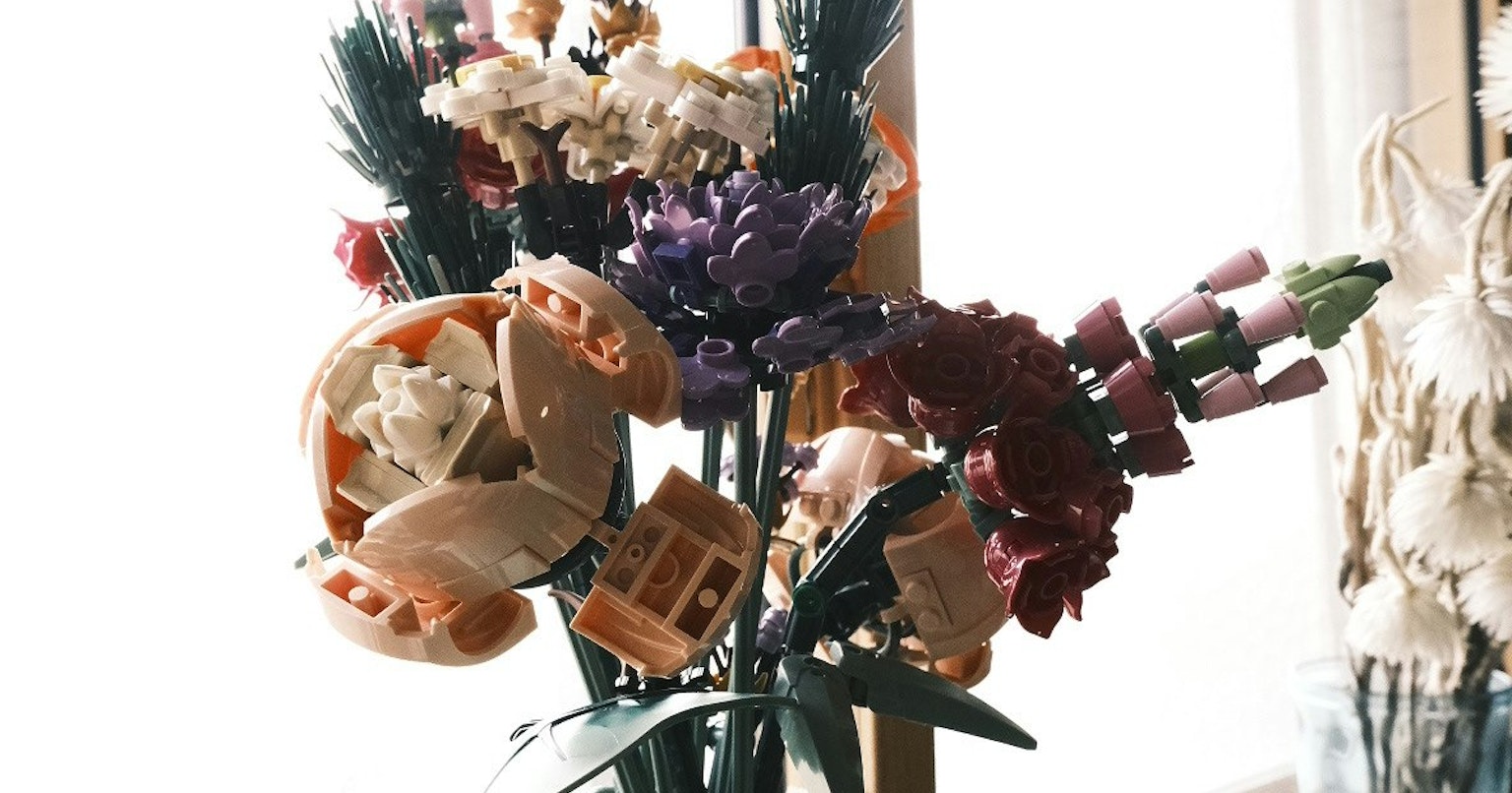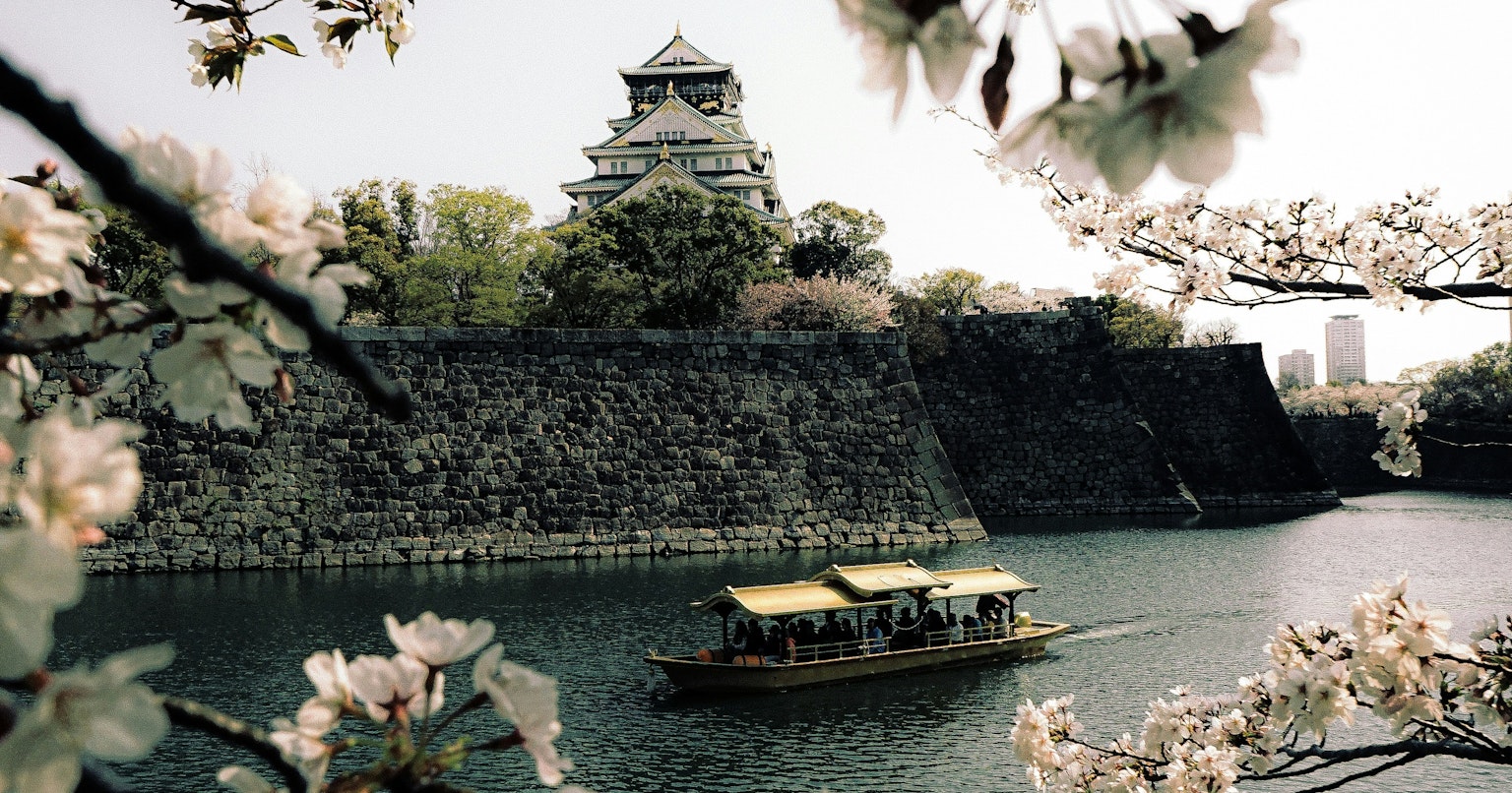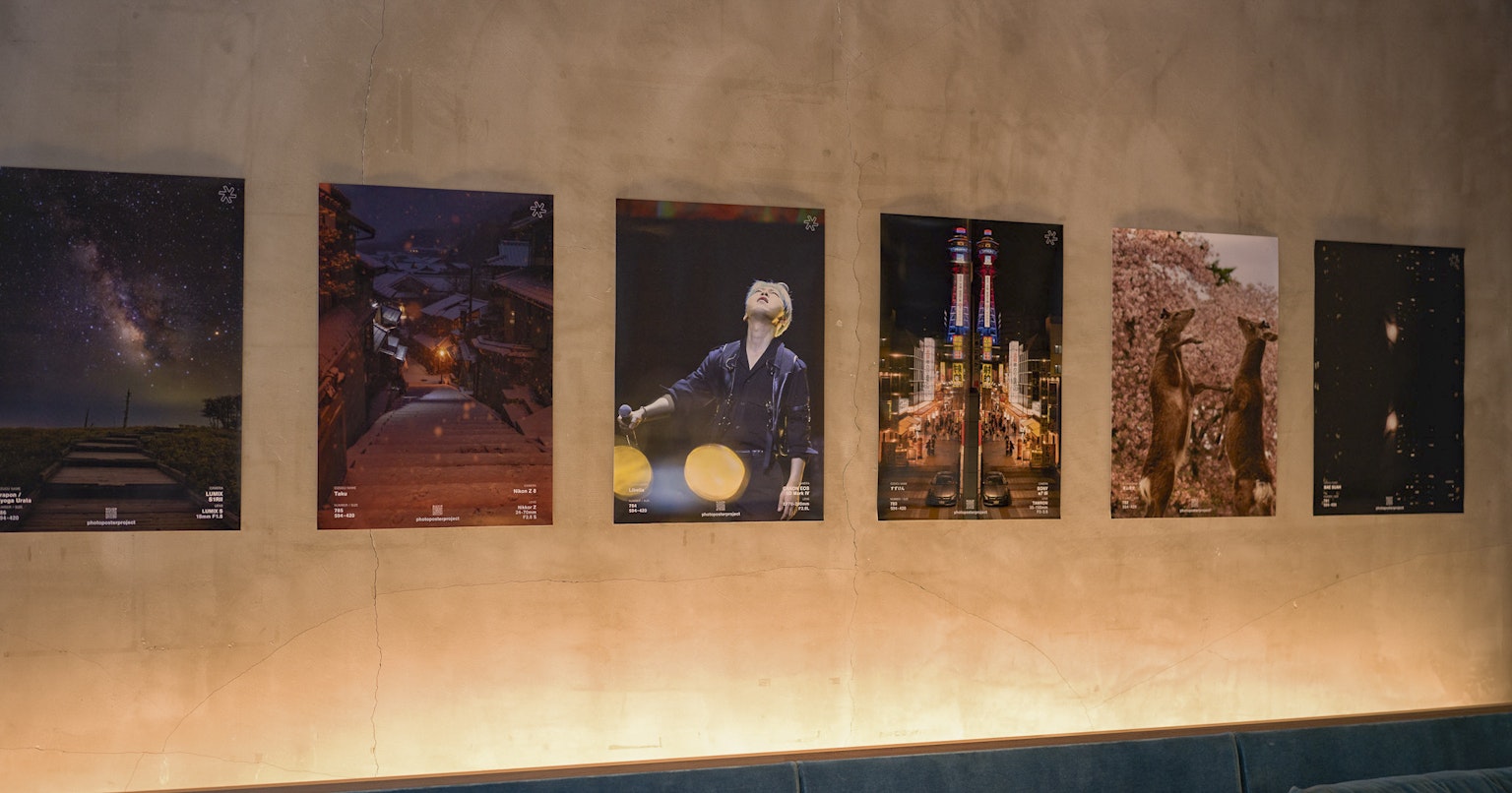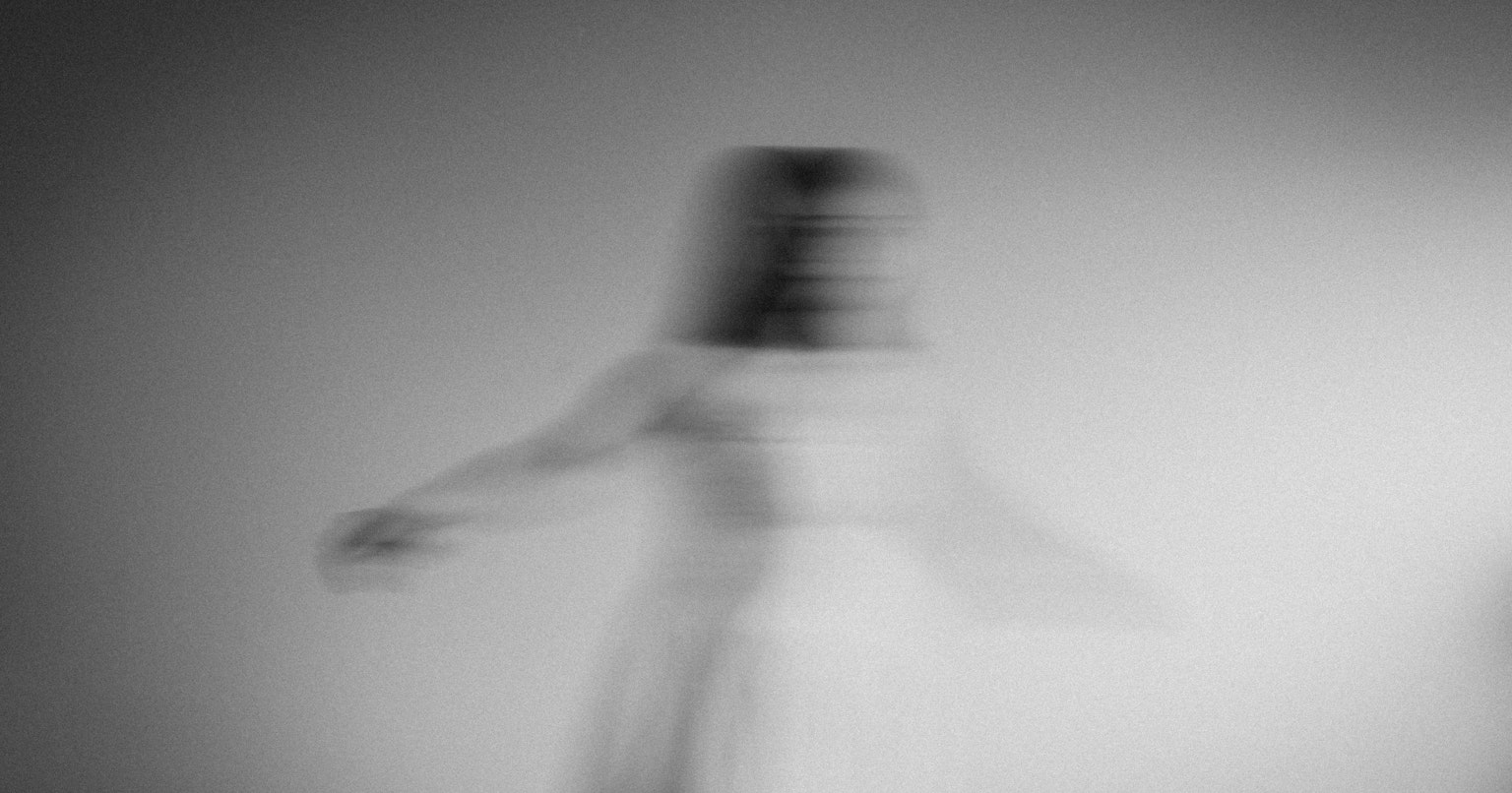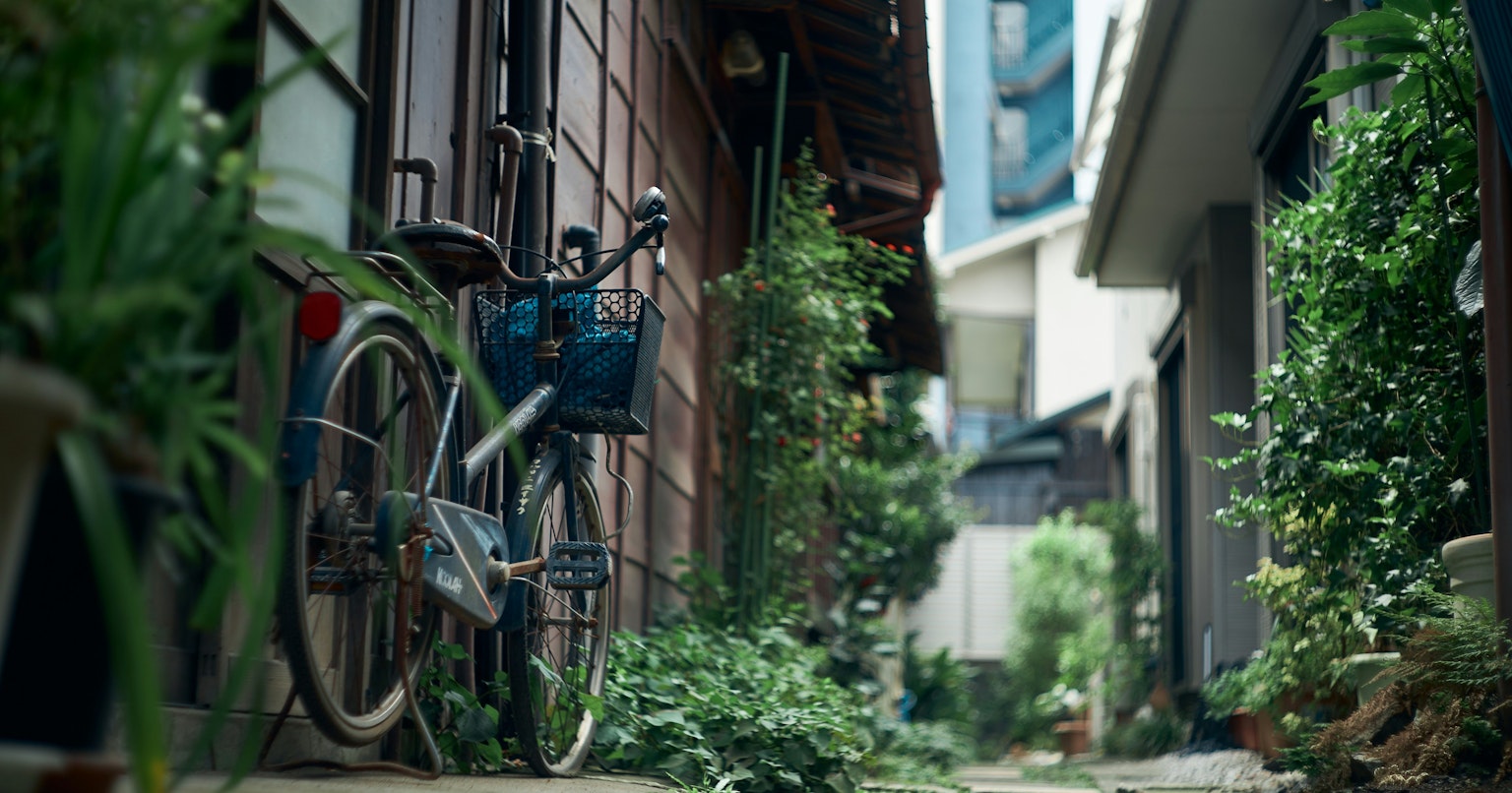Is ChatGPT Transforming Photo Editing? The Potential and Limitations of AI | Release #566
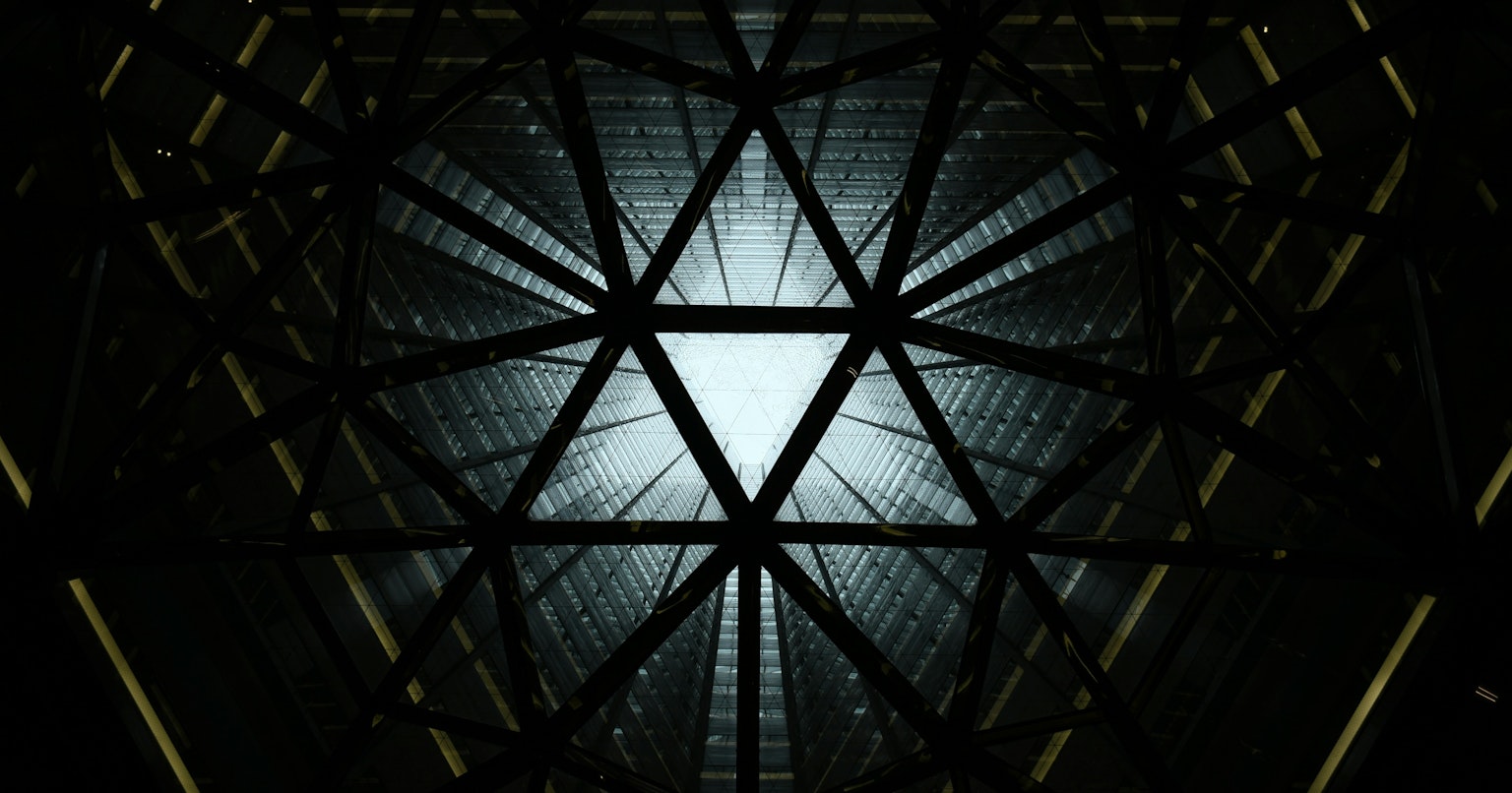
Cover photo by あお🐐
As AI-driven image generation and editing rapidly evolve, the latest photo editing features offered by are gaining attention. However, its capabilities are still in the developmental stage. While seamless object removal and style transformation are appealing, challenges remain in precise portrait corrections and background changes.
In this article, we outline the possibilities of photo editing in the AI era and the current limitations to keep in mind.
A New Editing Experience Unlocked by ChatGPT
With the April 2025 update, introduced the ability to perform image generation and editing directly within the chat interface. Features include object removal, background replacement, text adjustments, and even style transformations such as Ghibli-inspired visuals.
Particularly for creating visuals for social media or mixing multiple styles, these features are highly stimulating for creativity.
However, since images are regenerated from scratch, maintaining fine details or the original essence is a weakness, making it less suitable for precise corrections.
The Limitations of AI Editing from a Creator's Perspective
According to reviews, performs processes closer to 'regeneration' rather than 'editing,' making it less adept at faithfully modifying original images. Issues such as distorted faces or body shapes in portraits, awkward background changes, and altered text or logos highlight critical challenges for commercial use.
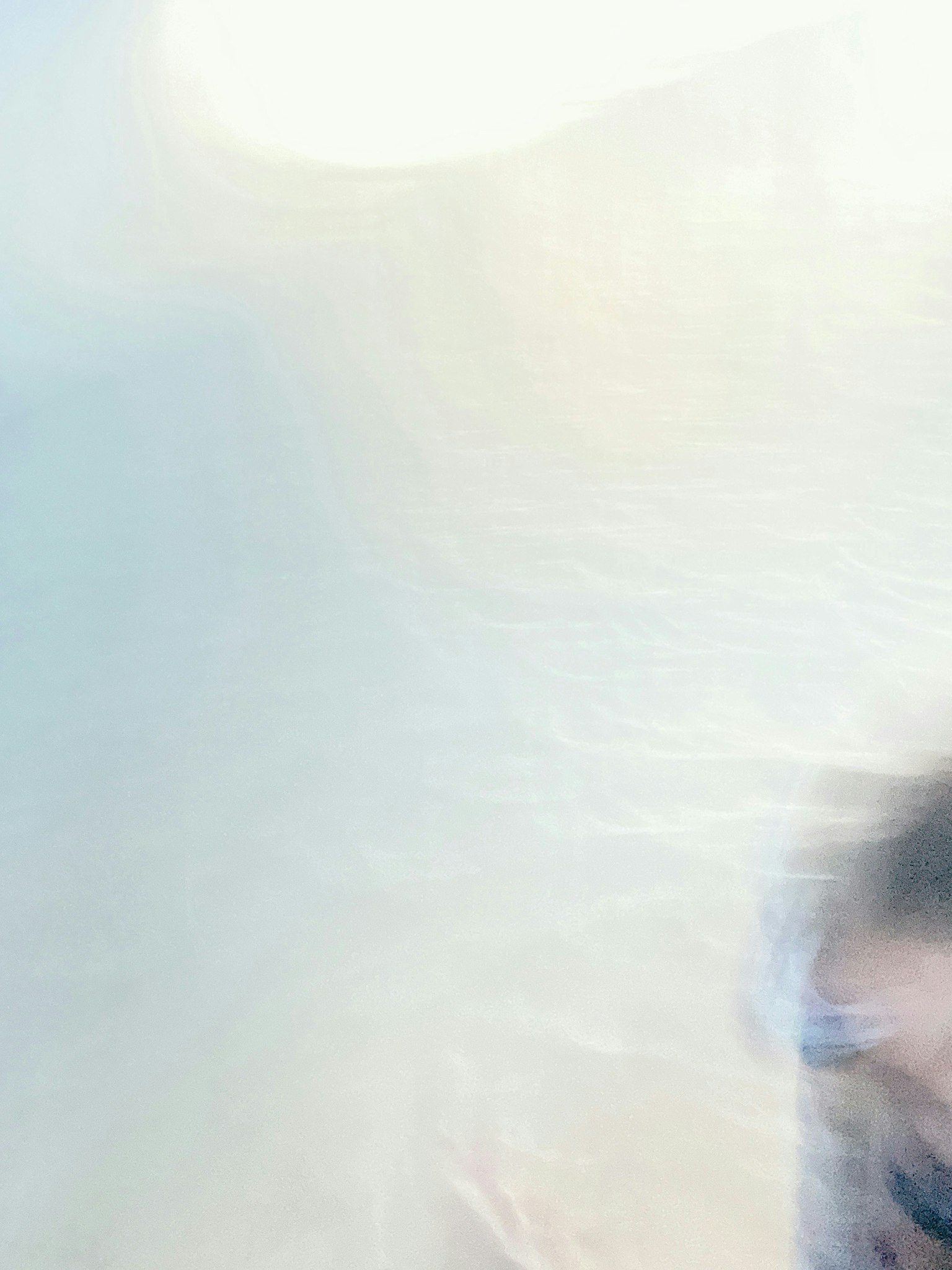
Currently, dedicated tools like and still hold a significant advantage, with serving primarily as a supplementary tool for idea generation and prototyping.
How to Work with AI Moving Forward
While AI editing is still in its infancy, its value as a partner in expanding creative possibilities is undeniable. Using it for idea sketches or style exploration and finishing with professional software is the optimal approach for now.

Rather than fearing AI, creators should embrace it as a complementary tool. Looking ahead, hybrid production that leverages the strengths of both AI and human creativity may become the new norm.
